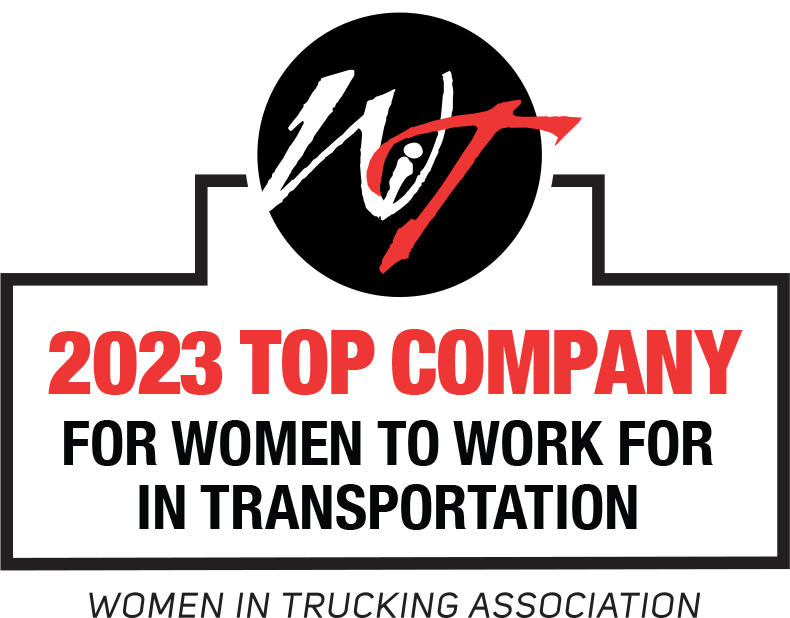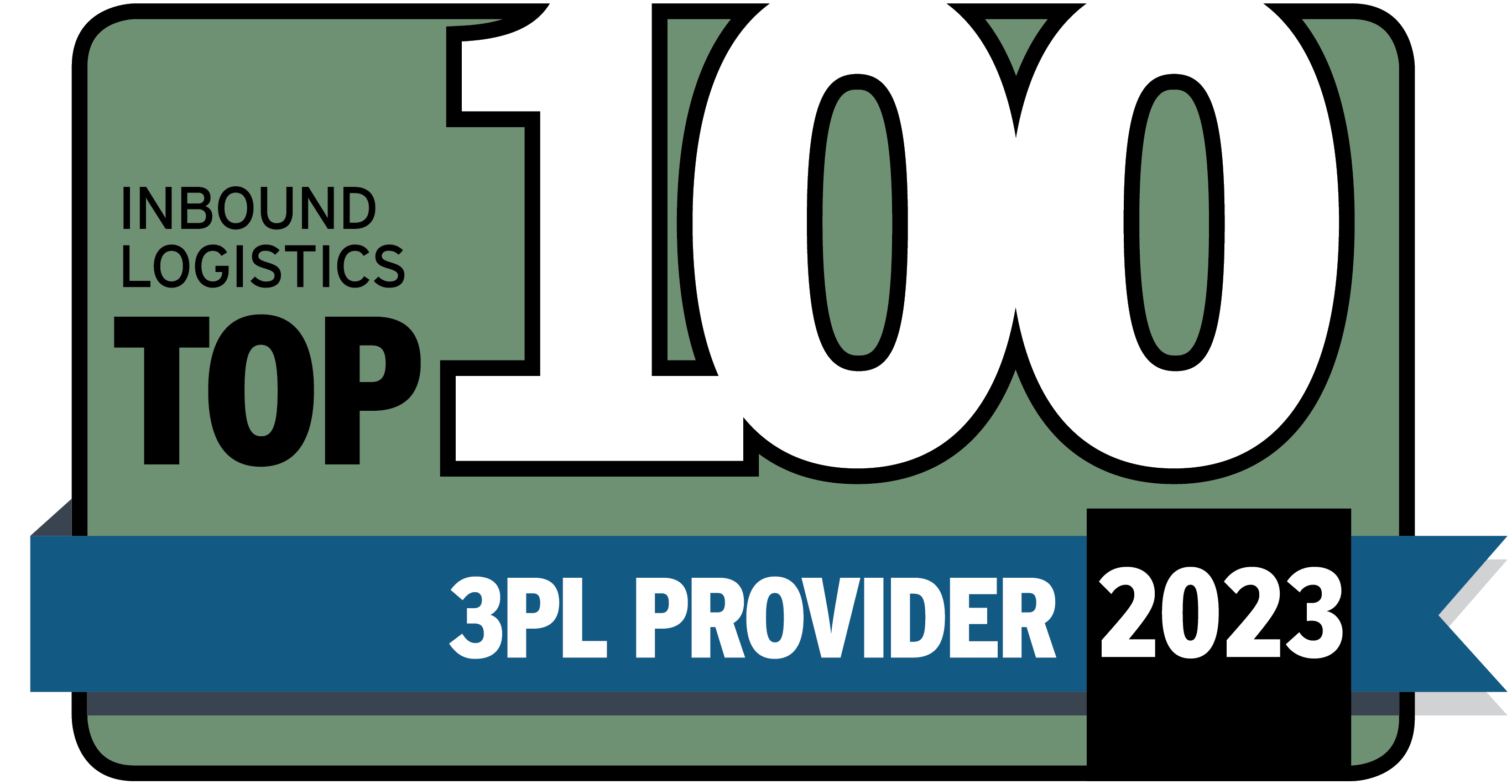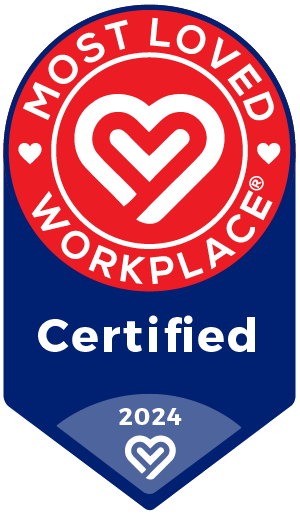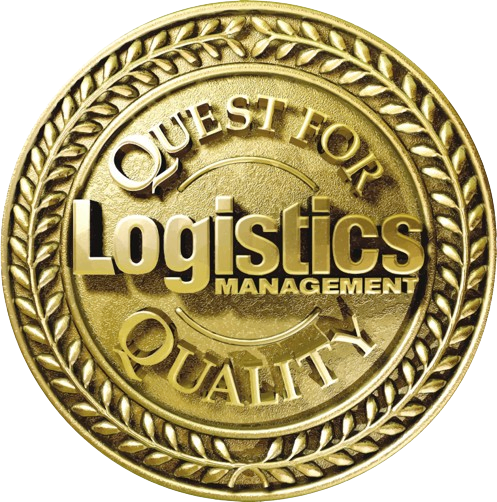Everyone talks about the merits of supply chain optimization. But we have to ask: does it have any downsides?
Great question. Over the past few decades, many companies have applied this longtime engineering tool to everything from route selection and load configuration to network design, warehousing layouts and modal selection – often with great success.
But even great tools have their limits.
For one thing, optimizations still have a slight margin of error. While they’re great decision support tools, they can’t provide the more iron-clad guarantee of success that precision tools like simulations can.
But how can something that’s the “best possible answer” be counterproductive?
Let’s say you’re responsible for your company’s over-the-road transportation. If you optimize for the lowest LTL or truckload cost, it could result in a lower trucking spend exactly as you hoped. However, if it also results in using less reliable modes, routes or carriers that make late deliveries to your fulfillment centers, it could mean that those centers wind up having to make greater use of premium shipping in order to make their deadlines. And that in turn, could send your company’s parcel expenses through the roof.
Is there a way to avoid this downside?
Be cross-functional and collaborative.
Before you pull the trigger on a major optimization, reach out to your company’s adjacent stakeholders and various other departments to get their input about what service levels, costs, quality and other attributes they consider to be essential – and to discuss how your results could impact them. Then take those inputs into account when you’re setting the objectives and providing inputs.
And by all means, let these same stakeholders and departments weigh in before you hit “accept” on your recommended optimization, because they occasionally may be aware of some important caveats that you weren’t aware of.
The end result will be an optimization that’s not just good for you and your department, it’s good for your company as a whole. If you’re interested in learning more about this subject – drop us a line. We’d be delighted to help you.










